Before delving into the specific survival instincts of cats, it’s essential to understand their ancestry. Domesticated cats (Felis catus) share many traits with their wild relatives. Whether it’s the African wildcat or the jungle-dwelling cousins, these survival behaviors have evolved over thousands of years, fine-tuning their skills to keep them safe and prosperous in the wild.
Pouncing: The Art of Ambush
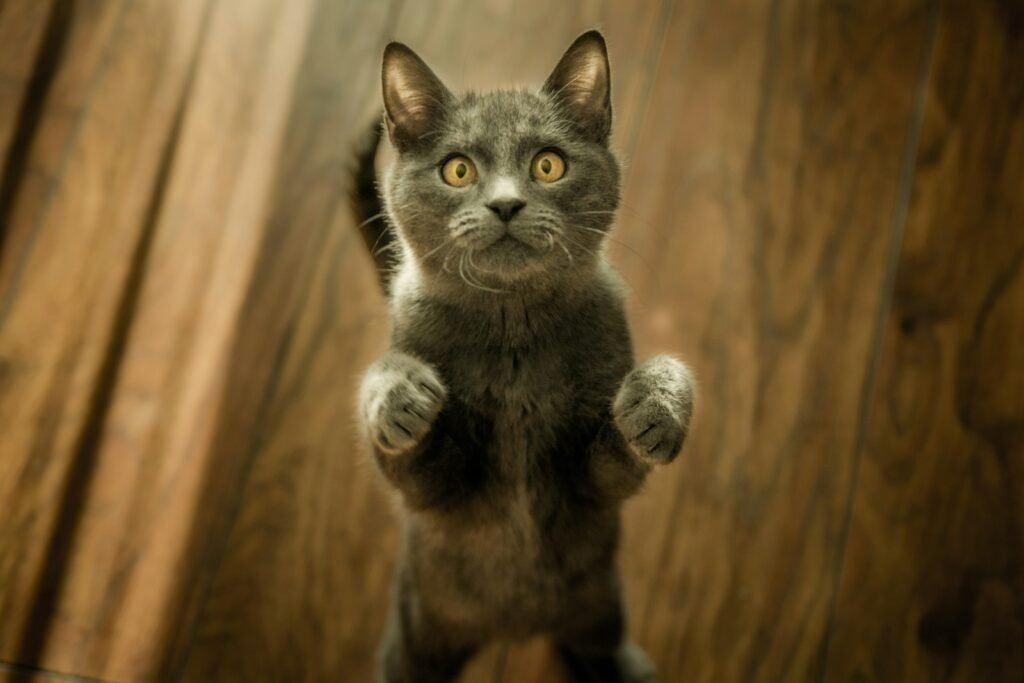
One of the most iconic behaviors cats exhibit is pouncing. This action is a direct carryover from their wild counterparts, who rely on stealth and precision to catch prey. The meticulous crouching, the focused gaze, the gentle wiggle before the leap—all these steps refine her instinctual ability to ambush unsuspecting prey in the wild.
Grooming: More Than Just Personal Hygiene
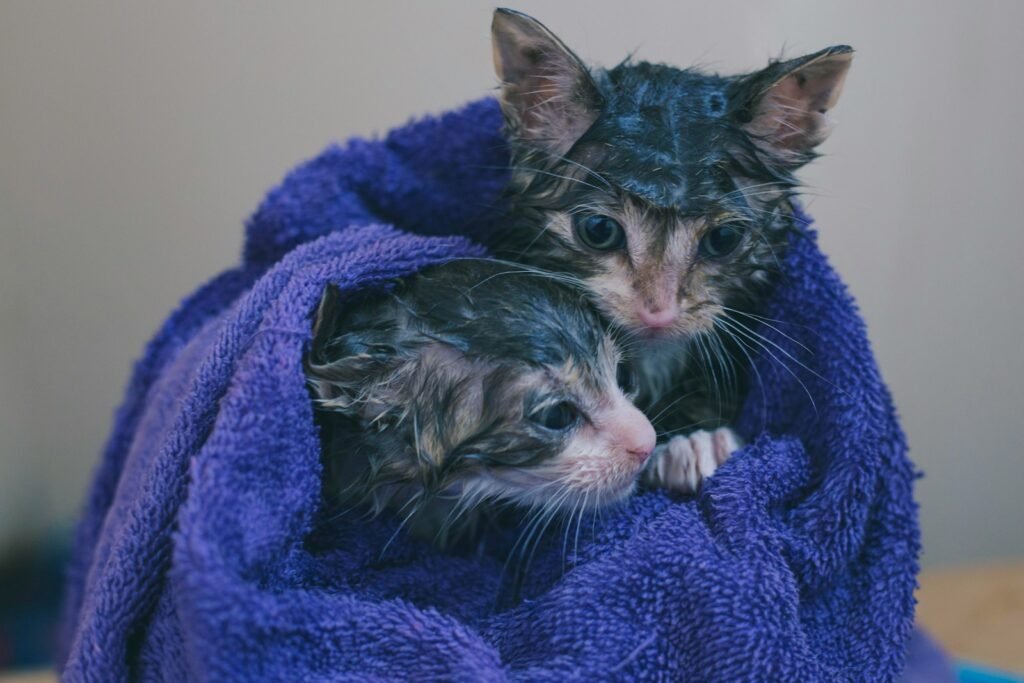
Cats spend a significant amount of time grooming themselves. While it might seem like just a vanity activity, grooming was initially a survival mechanism. By keeping their coats clean, cats could remove odors that might attract predators. Additionally, it serves as a means of cooling down under the sun, a critical function in the wild.
Nesting: Creating a Safe Haven

Have you ever noticed your cat frantically kneading a soft blanket or burrowing into a pile of laundry? This behavior is known as nesting. In the wild, cats instinctively create a safe, comfortable space for resting or protecting their young. The need to retreat to a secure location is deeply embedded in their DNA, ensuring safety from predators.
Nocturnal Activity: Nighttime Vigilantes
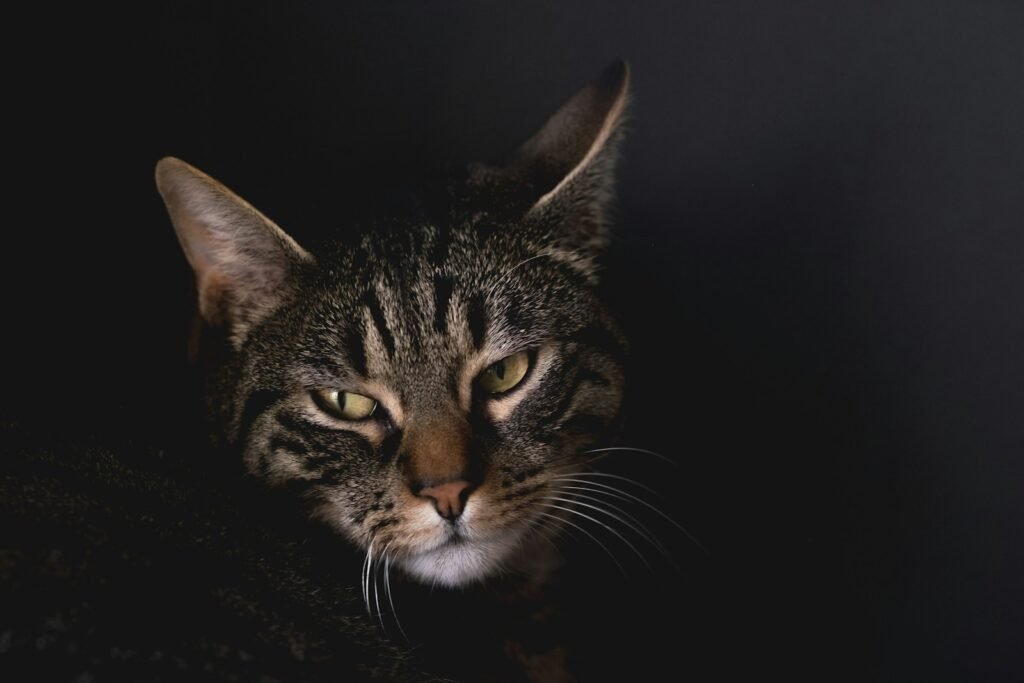
While many of us are winding down for the night, cats are just getting started. Historically, being nocturnal gave wild cats a tactical advantage. Many prey animals are more active during dusk and dawn, perfect timings for hunting. Today, domestic cats uphold this pattern, frequently displaying bursts of energy at night.
Caching Food: Saving for a Rainy Day
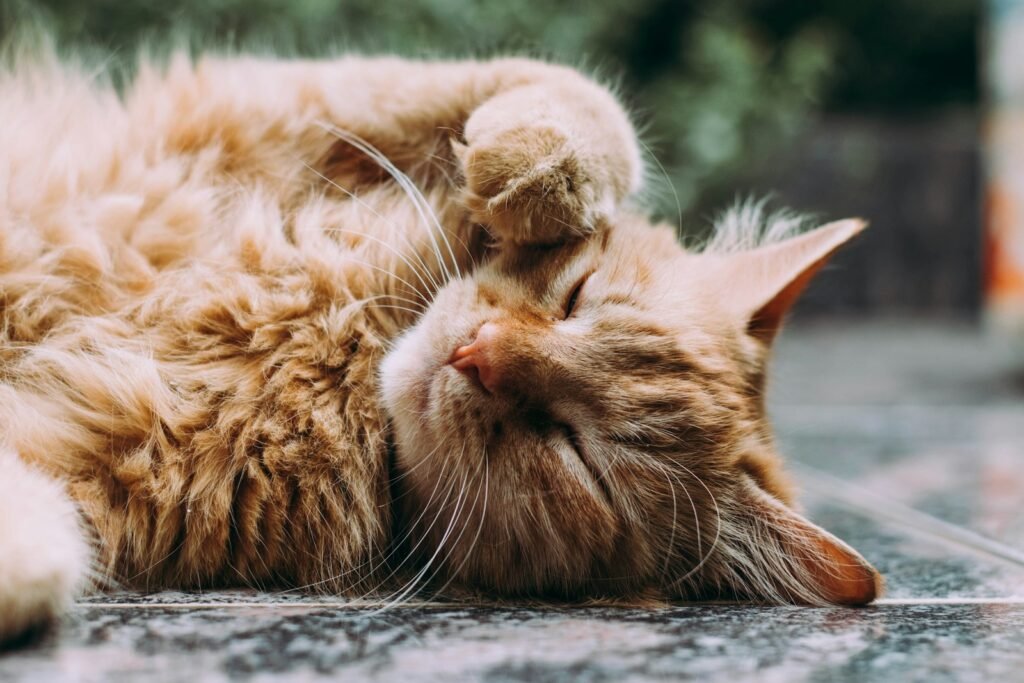
Some cats exhibit the quirky behavior of burying or hiding their food. In a wild setting, this instinct helps ensure they have backup sustenance during scarce times. By hiding food, they prevent other animals from discovering it and preserve their cache for later consumption.
Climbing: Mastering the Vertical Plane

Cats are natural climbers. This adeptness stems from ancient survival needs—climbing offered an escape from predators and vantage points to survey the land for prey or threats. In present-day homes, your cat might climb furniture or trees, echoing ancestral habits ingrained for survival.
Stalk and Stare: The Science of Scouting
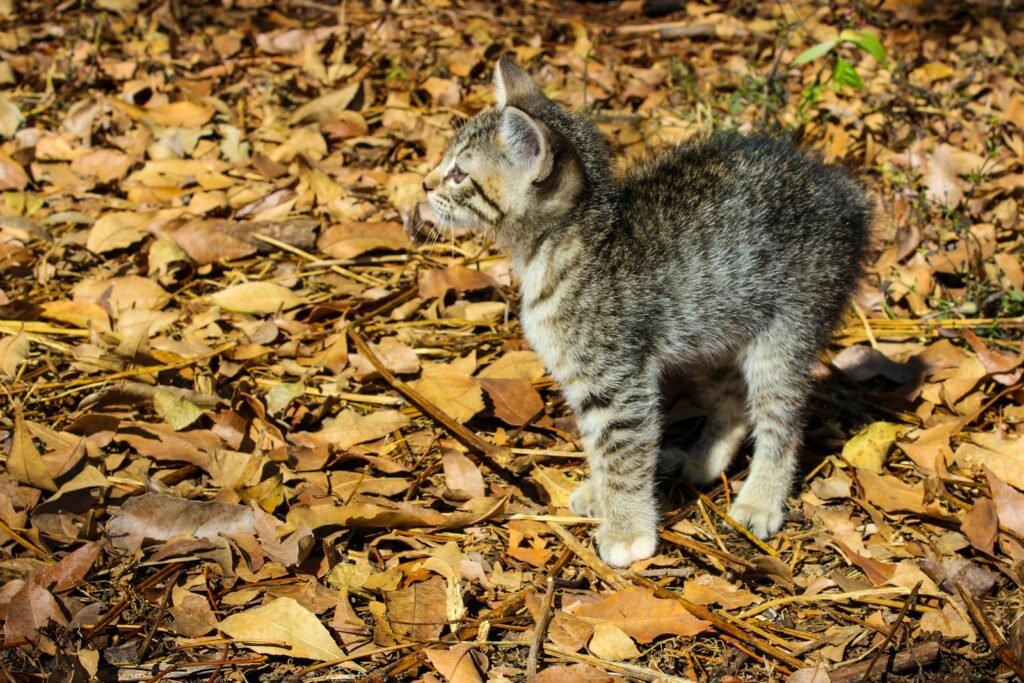
That peculiar, long, unwavering stare your cat gives isn’t just curious observation. In the wild, cats need acute observation skills to assess dangers and hunt efficiently. This focused stalking allows them to predict their prey’s movements, preparing them for a swift attack. While they may no longer need to hunt for survival, the instinctual practice persists.
Tail Flicking: An Unspoken Language

A cat’s tail is expressive. Tail flicking or twitching can be a sign of irritation or heightened focus—part of their communication arsenal. In the wild, signaling displeasure or alerting their young to potential threats through tail movements was crucial. This linguistic tool remains, allowing them to ‘speak’ to us and other animals.
Purring: A Dual-Purpose Tool
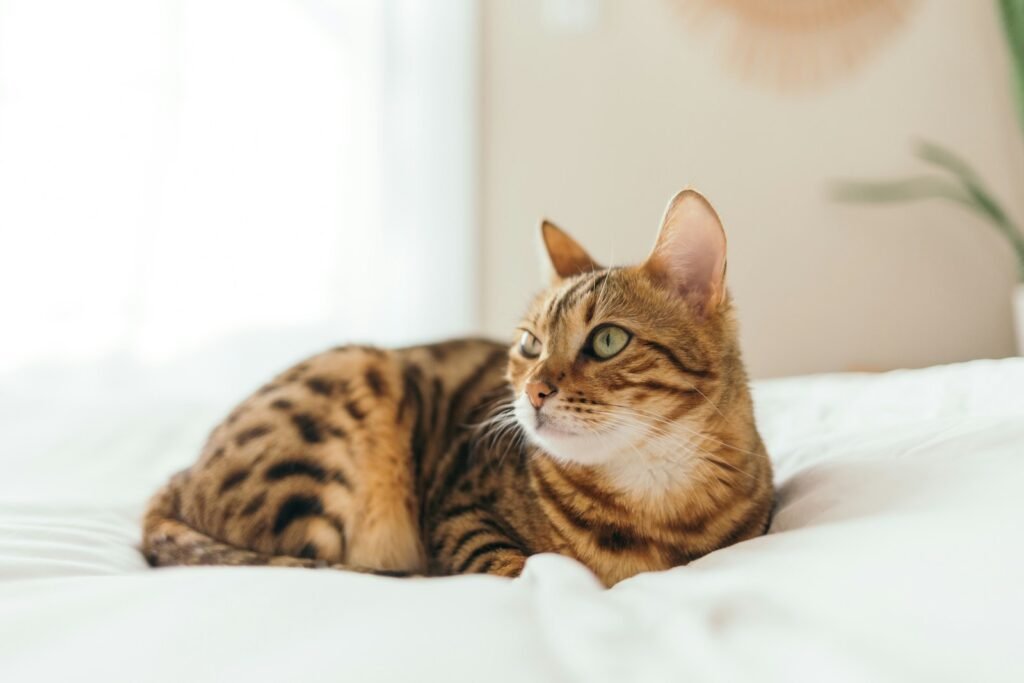
Purring isn’t just a sign of contentment. While it certainly conveys comfort, it serves an essential survival purpose: self-soothing. When injured or stressed, a cat’s purring can aid in healing. The vibrations at specific frequencies can promote tissue regeneration and act as a calming mechanism.
Pawing: The Proposal of Scent and Territory

When your cat paws at furniture and doors, it’s more than just mischief. Cats possess scent glands in their paws, and by marking various objects, they’re laying claim to their territory. In the wild, maintaining territorial boundaries helped cats avoid confrontations and ensured a stable environment for hunting and living.
In conclusion, while felines have undoubtedly adapted to indoor life with humans, their wild instincts remarkably endure. Recognizing and respecting these behaviors can lead to a greater understanding of your furry companion, offering insight into their enigmatic actions rooted in survival instincts honed over millennia.

Suhail Ahmed is a passionate digital professional and nature enthusiast with over 8 years of experience in content strategy, SEO, web development, and digital operations. Alongside his freelance journey, Suhail actively contributes to nature and wildlife platforms like Feline Fam, where he channels his curiosity for the Feline into engaging, educational storytelling.
With a strong background in managing digital ecosystems — from ecommerce stores and WordPress websites to social media and automation — Suhail merges technical precision with creative insight. His content reflects a rare balance: SEO-friendly yet deeply human, data-informed yet emotionally resonant.
Driven by a love for discovery and storytelling, Suhail believes in using digital platforms to amplify causes that matter — especially those protecting Earth’s biodiversity and inspiring sustainable living. Whether he’s managing online projects or crafting wildlife content, his goal remains the same: to inform, inspire, and leave a positive digital footprint.






